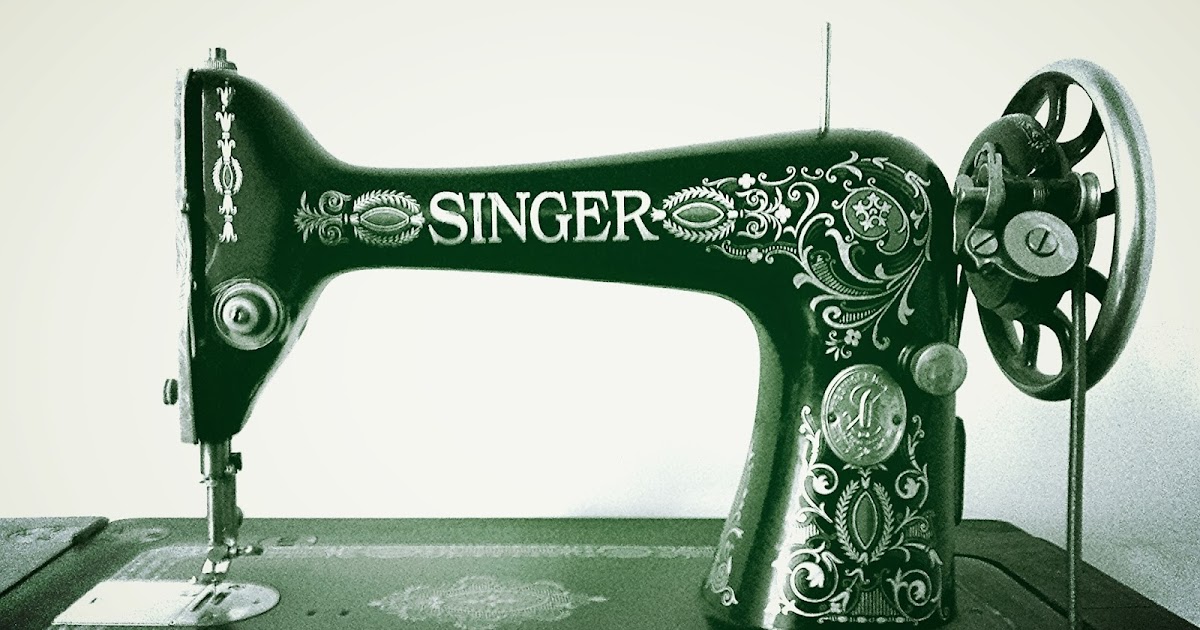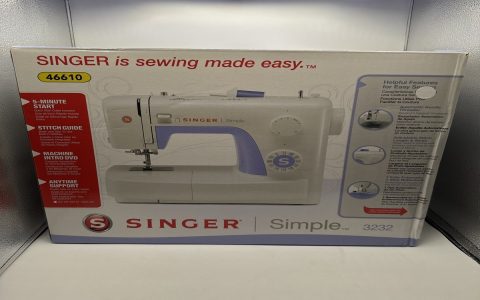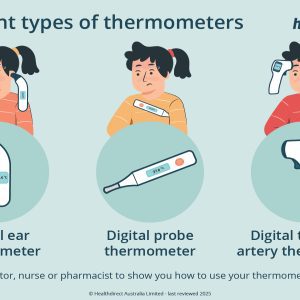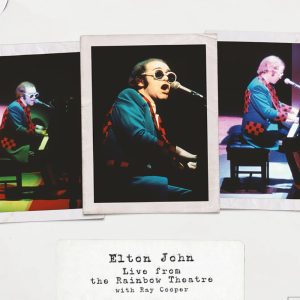Evaluating the worth of an antique Singer sewing machine hinges on practical tests to confirm rarity, functionality, and preservation. High-value units often stem from early models or unique variations. Execute these four key tests to assess potential market value:
Test 1: Verify Model and Manufacturing Date
Inspect the serial number, typically engraved on the bed plate. Cross-reference it with Singer historical charts or expert guides to pinpoint the exact model and production era. Rare pre-1960 models, like the Featherweight, often command premium prices.
Test 2: Assess Functional Performance
Power up the machine and run stitch tests on multiple fabric types. Confirm smooth operation across various stitch settings without skipping, jamming, or excessive noise. Key components, such as the tension mechanism and feed dogs, must work flawlessly for high worth.

Test 3: Evaluate Physical Condition
Examine the entire unit for any damage. Check metal parts for rust, scratches, or cracks, and ensure all decals remain intact. A pristine paint finish and absence of missing elements, like the handwheel or slide plate, significantly boost value.
Test 4: Check Original Accessories and Authenticity
Look for all matching original parts:
- Attachments such as specialized presser feet and bobbins.
- Instruction manuals, keys, and the original case.
Full sets with factory markings enhance rarity, driving higher appraisals.
If the machine excels in all tests—especially with proven lineage and near-mint status—it likely holds substantial collector's value. Always consult a professional appraiser for final valuation.












